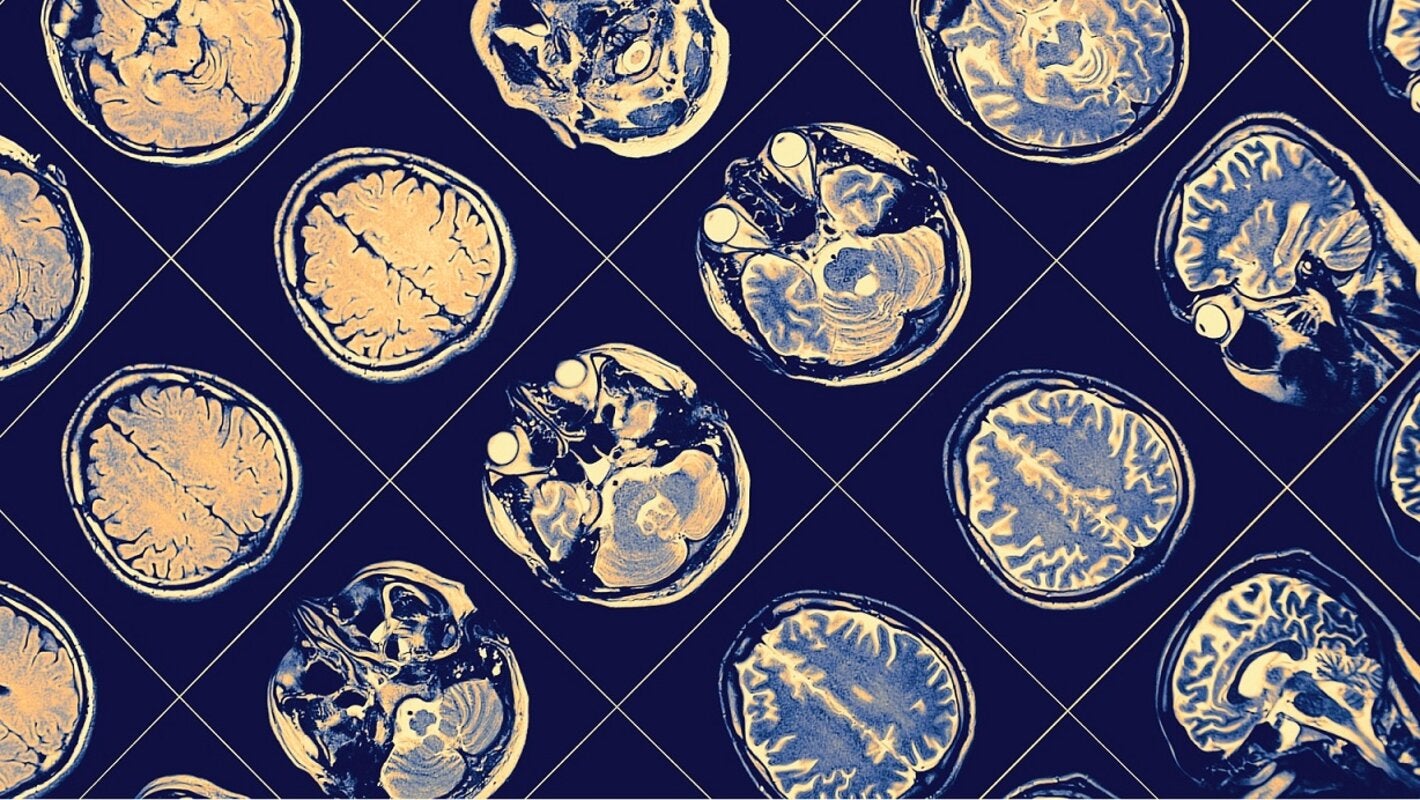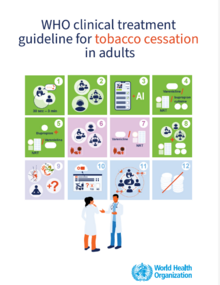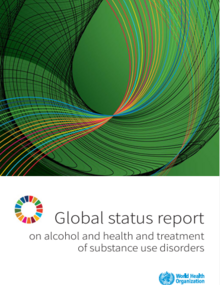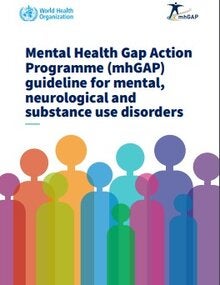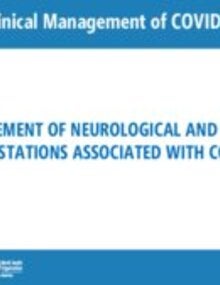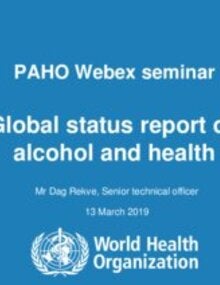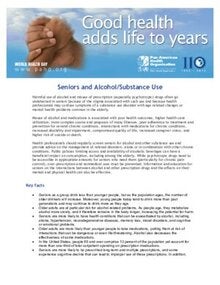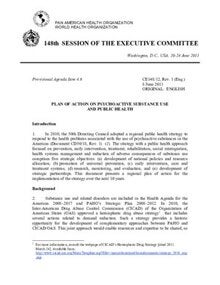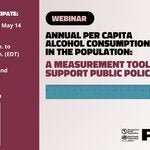Psychoactive substances are various natural or synthetic compounds that act on the nervous system causing alterations in the functions that regulate thoughts, emotions and behavior.
There are regulations for the control and supervision of the use of these substances, either for recreational use, such as alcohol or tobacco; for drug use, such as tranquilizers or opioid analgesics, or general use, such as industrial solvents. There is a group whose use is considered illegal and authorized only for medical or research purposes, as in the case of cocaine and its derivatives. The use of psychoactive substances always involves a degree of risk of adverse effects on different organs and systems, which can occur in a short term, as in the case of poisoning, which increases the risk of injuries or aggression, and unsafe sexual behavior. Repeated or prolonged use in time of these substances, favors the development of dependence disorders that are chronic and recurrent disorders characterized by severe need of substance and loss of the ability to control their consumption, despite adverse consequences of health status, interpersonal, family, academic, occupational, or legal operation.
- Dependence is a brain disorder and people with drug dependence have altered brain structure and function. Dependence is expressed in the form of compulsive behavior, but this behavior is strongly related to changes in the brain occurring over time, with repeated abuse of drugs.
- Drug dependence is difficult to control due to compulsive drug use and craving, leading to drug seeking and repetitive use, even in the face of negative health and social consequences.
- Investing in evidence-based treatment for substance dependence decreases negative health consequences and social effects (e.g. crime, economic burden, and HIV infection).
- Treatment is proven to be cost-effective in both developed and developing countries. For every dollar spent on treatment 7 dollars are returned in cost-savings. It costs less than imprisonment.
- The possible short and long term consequences of substance abuse include mortality, morbidity, comorbidity, social isolation, and stigma. People with substance dependence are among the most marginalized in societies and are in need of treatment and care. To incarcerate offenders for drug abuse and dependence is not an effective prevention or treatment strategy
- There is no magic solution in treating substance dependence. It is a long process, with varying services, not always adequately available or provided. This is a chronic recurring illness, needing repeated treatments until abstinence is achieved. Aftercare is essential to successful recovery, as well as compliance and responsibility of the patients themselves.
The damage associated with the use of psychoactive substances, short or long term, depends on the interaction of a set of factors such as the type of substance and form of consumption, personal, physical and psychological characteristics of consumers, but also the social context in which consumption occurs.
Numerous interventions based on scientific evidence that are effective in reducing substance abuse and its impact on health, either by preventing the use, early addressing the population at risk, trying dependency or adverse consequences of the use and promoting recovery in the medium and long term. Treatment should be accessible, especially for the most vulnerable, suited to the needs and profile of the user population, maintained in the long term, focusing on the recovery and protected from human rights groups.
The project for the development and implementation of a proposal for the "comprehensive approach to Substance Abuse Disorders and other mental and behavioral disorders concurrence, in Latin America," is part of the agreements developed among the Pan American Health Organization (PAHO/WHO), the Government of Spain and the National Institute of Psychiatry (WHO Collaborating Center), to strengthen the public health approach in addressing problems related to substance use in the countries of the Americas.
To provide technical support to this project a working group (Task Force) has been established, integrated by experts from Spain and countries of the Americas, and coordinated by PAHO/WHO with collaboration from the National Institute of Psychiatry "Ramon de la Fuente Muñiz", WHO Collaborating Center in Mexico, and the Government Delegation for the National Drug Plan of Spain (DGPNSDE) through the Spanish Society of Dual Pathology (EDPS).


